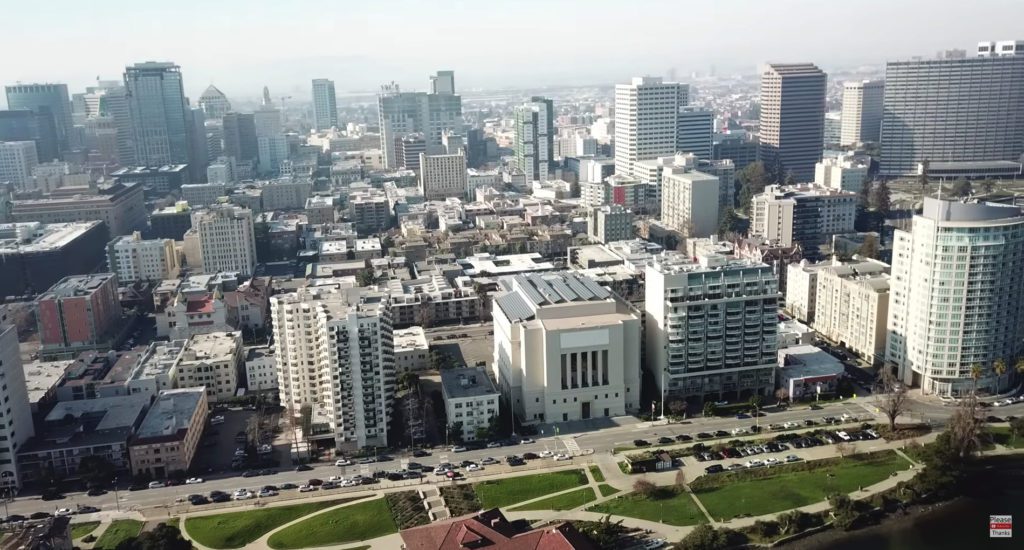By Adam Tomasi
Images, especially the ones that circulate on social media, have a powerful effect on how people interpret the social worlds they inhabit. Members of marginalized communities have curated social media images through hashtags and geographic labels in order to represent their neighborhoods and contest prevailing stereotypes. These were central themes of a NULab Fellow project collaboration in 2019, “Exploring the Use of Machine Vision to Understand Neighborhood Inequality,” by Laura K. Nelson, assistant professor of sociology at Northeastern University, and Jeffrey Sternberg, PhD candidate in sociology and NULab Fellow. Nelson and Sternberg presented their research at the American Sociological Association Annual Conference in 2019 with Devesh Tiwari, assistant professor of electrical and computer engineering at Northeastern, and Tirthak Patel, PhD candidate in computer engineering and Tiwari’s research assistant. The project applied Nelson’s methodology of computational grounded theory, published in Sociological Methods & Research in 2020, which uses machine learning and “qualitative deep reading” for “pattern detection,” “pattern refinement,” and “pattern confirmation.” Although Nelson originally envisioned computational grounded theory as a tool for studying textual data, the theory proved useful for the project’s emphasis on “images-as-data analysis.”
“Machine Vision” looked at Flickr images tagged with #Oakland, #SanFrancisco, and #Berkeley in order to address the question, “Does social media allow neighborhoods to have more control over their own image, or does it reproduce/reinforce existing hierarchies?” Nelson and Sternberg’s questions were inspired by contemporary hashtags such as #IfTheyGunnedMeDown, used by Black social media participants to curate alternatives to dominant representations of Black people harmed or killed by police and gun violence. Hashtags such as #Harlem and #WashingtonHeights functioned similarly to #SanFrancisco, #Oakland, and #Berkeley in articulating perceptions of a neighborhood or a community. “Machine Vision” understands perceptions of a neighborhood to be thoroughly visual, subject to diverse perceptions by different groups, and difficult to analyze with empirical methods. The project grapples with the difficulty of studying contested neighborhood images quantitatively and makes a distinctive intervention in the social sciences.

Nelson and Sternberg drew provisional conclusions from its quantitative analysis of around 1,500 Flickr images with geographic tags representing the Bay Area. Nelson and Sternberg found that San Francisco had a “more coherent” and “professional” aesthetic, while Oakland “has a more diverse aesthetic.” If images tagged with #SanFrancisco had glossy skylines, images tagged with #Oakland had local residents, spaces, and places. For the researchers, their methodology may have other applications in the study of memes and reaction GIFs, issues of “body image, mental health, and gender,” and ultimately who gets to “control online images of groups, cultures, [and] neighborhoods.”
Direct quotes are from Nelson and Sternberg’s American Sociological Association presentation in 2019 unless indicated otherwise.



